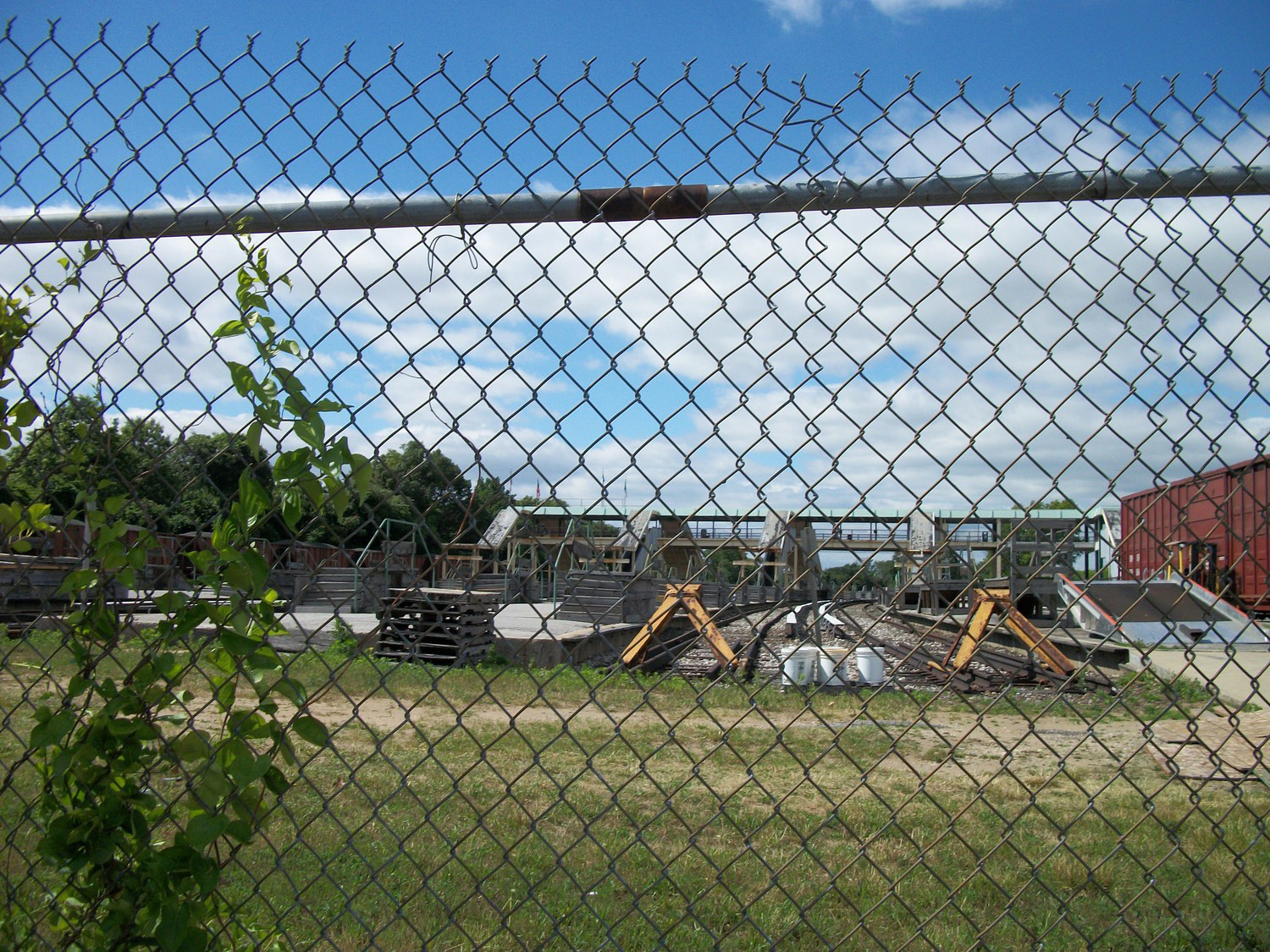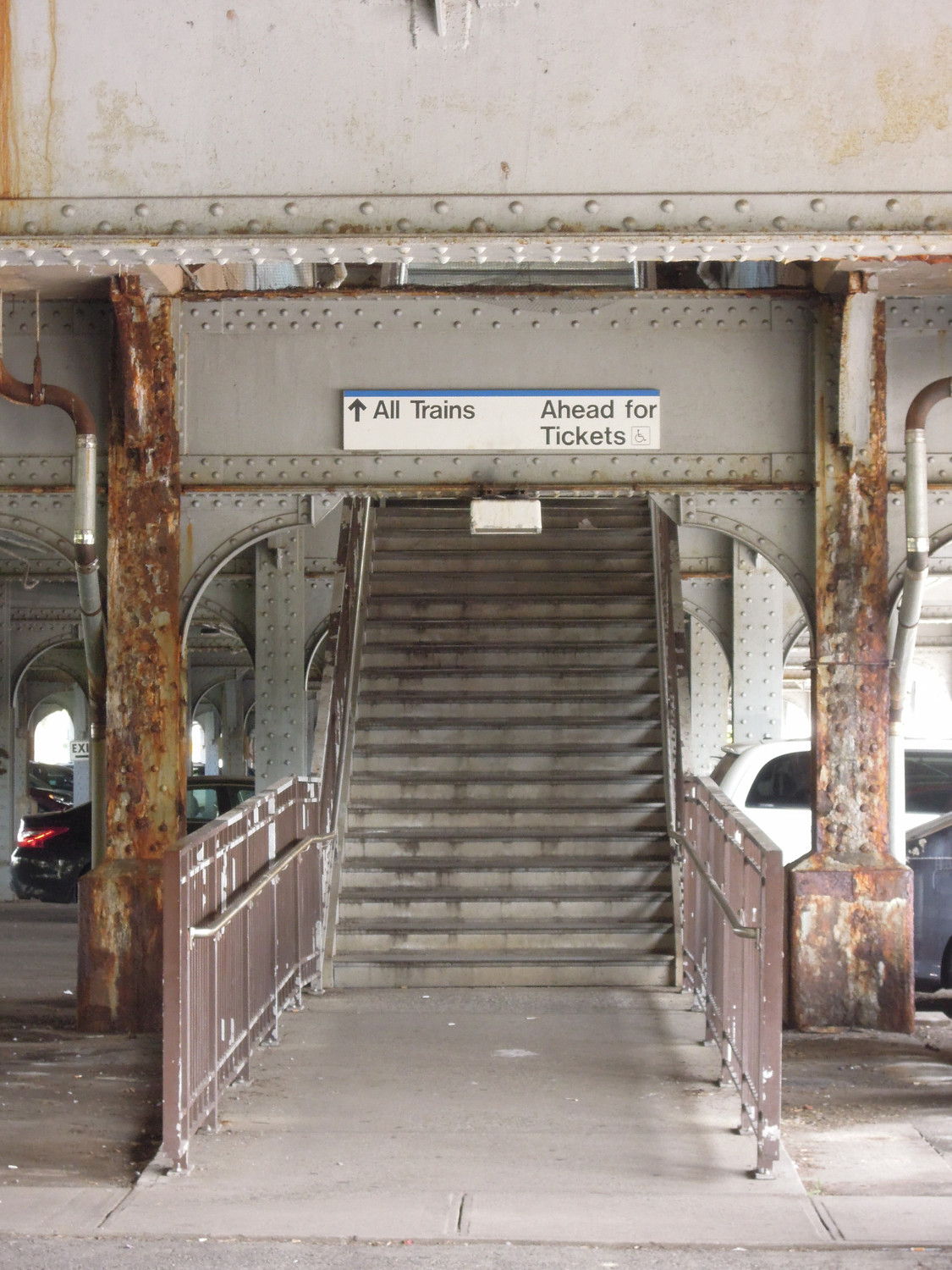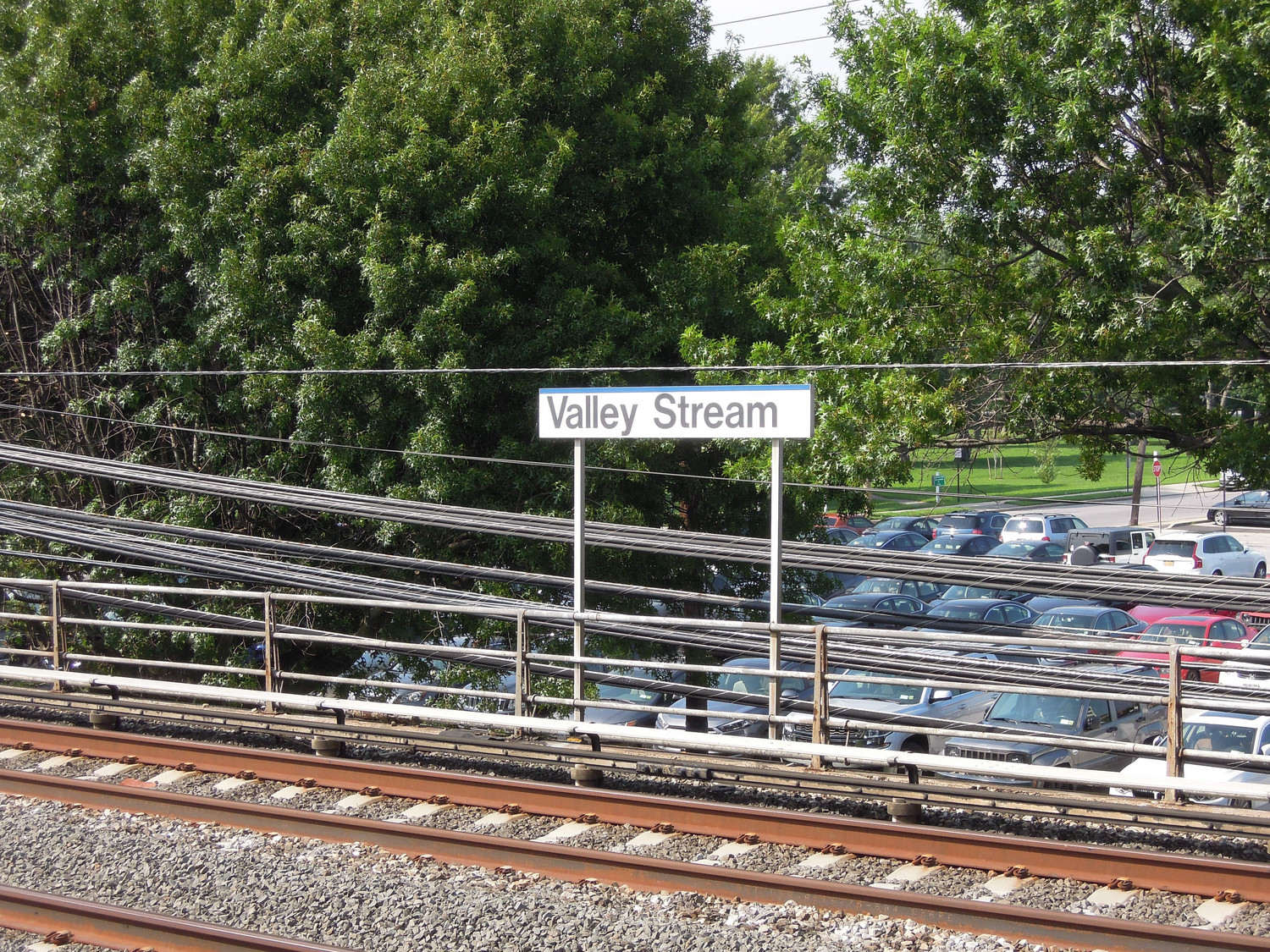Expert: LIRR upgrades no silver bullet
Says rail respite a long way off
The large-scale projects now being undertaken by the Metropolitan Transportation Authority might make a difference to Long Island Rail Road commuters when they eventually come online. In the interim, however, it was unclear last week how the MTA planned to deal with commuter complaints about late arrivals and departures, defective equipment and cancellations that have all become epidemic.
Projects include East Side Access, which, if all goes well, should bring LIRR passengers to Grand Central Station by 2023 (story, Page 12); the Main Line Third Track project, which will eliminate all seven street-level crossings between Floral Park and Hicksville; and the Ronkonkoma Double Track project, scheduled to come into service in the coming weeks.
Complaints about LIRR service, especially during rush hour, are nothing new. The entire MTA system is running at capacity, according to former Federal Transportation Administration official and industry advocate Larry Penner, of Garden City. This means that events like the two fatalities on Aug. 6 or last month’s derailment near Woodside can cause ripple effects throughout the entire system, he said. Both of those events resulted in suspensions of service.
Besides the LIRR’s generally poor on-time record, severe overcrowding and inadequate parking at train stations have become common as well. Customers in Valley Stream have their own small, aging station, which they share with residents from Elmont and Franklin Square. Parking lots were full to overflowing last Friday afternoon, with some cars double-parked, and peak-period trains to Pennsylvania Station were running late and less frequently than scheduled.
East Side Access is meant to ease congestion system-wide and improve service by adding at least 24 trains when it comes into service in 2023, for what the MTA officials say will be a 45 percent increase in capacity. For this to happen, though, all three East Side capital projects must function in tandem, Penner said, and upgraded signals, communications and monitoring must be installed throughout the system.
All of this assumes that the railroad will meet its Dec. 31, 2023, target for first-day passenger services — a goal that Penner sees as questionable. For example, insufficient support from Amtrak, with which the LIRR shares the right-of-way, has been responsible for periodic delays in construction since 2006, he said. “Both LIRR workers and East Side Access third-party contractors have had problems with timely and adequate access to work sites,” Penner said. And both Amtrak and the LIRR suffer from a lack of certified signal maintainers and other specialized workers necessary for routine good repair of the system. “The problem will grow even worse in the coming years with all the emergency repairs at Penn Station,” he said.
“No one should be surprised if [opening day] ends up in 2024 or later,” Penner said. He also cautioned that initially, the project might not operate at full capacity. “Even if they only ran a few trains, they could claim they opened on time,” he said.
At the same time LIRR service is inaugurated to Grand Central, direct service to Atlantic Terminal in Brooklyn is due to be reduced, according to Penner. “More and more people are commuting to Brooklyn and Lower Manhattan,” he said. For those thousands of commuters, having to transfer at Jamaica Station or continue to Grand Central will translate to longer, not shorter, travel times. “They’ll have to get from one side of Jamaica Station to the other,” he said. Going into Brooklyn, passengers will have to transfer from and to the extreme outside platforms, adding at least 10 minutes to their commutes, as well as greater possibilities for missed connections. “The return isn’t quite as bad,” he said, since the platforms are closer together.
Penner also cautioned that even if ESA is all that its planners say it will be, it will likely create significant reductions in travel time only for those working in the immediate vicinity of Grand Central. This is because the platforms will be several levels below existing platforms, requiring commuters to walk long distances to reach ground transportation or subways. And when escalators break down, commuters might have to climb as many as a half-dozen long flights of stairs.
At the same time, double-decker express trains coming from eastern Long Island will not be able to use Grand Central, because the tunnels are not tall enough to accommodate them, according to Penner. They will have to be replaced with more of the standard M-9 cars, resulting in increased traffic, or else go to Penn Station, as they do now.
Finally, commuters in the areas surrounding Belmont Park, including Valley Stream, might be facing the repercussions of increased traffic as early as next spring, as thousands of construction workers make their way to Belmont Park to begin work on the New York Islanders’ hockey arena. The Belmont Park station was originally billed as a key part of that project when it was unveiled in December, but no provision has yet been made to begin renovations to the century-old station, which is currently served by a single branch line from Jamaica. That line and the station are only in service during the racing season at Belmont Park. Cost estimates for the renovation run as high as $150 million, and it is not currently part of the railroad’s expansion plans.












